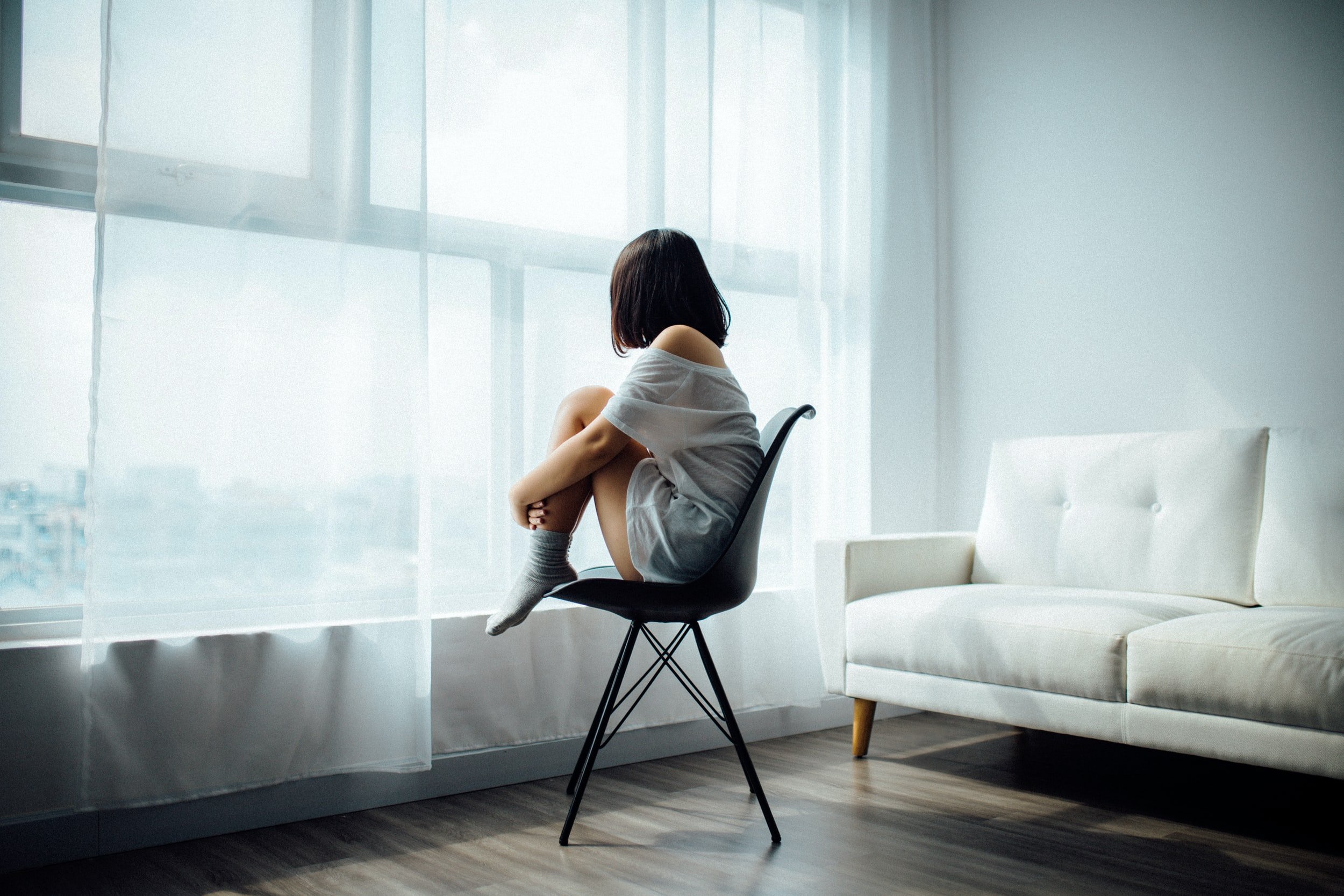
Anxiety
Feeling anxious much of the time is very common in children with a neurodevelopmental difference. However, your child may not be able to tell you why he or she is feeling anxious. Instead it may show in these ways:
Tantrums and distressed behaviour
Becoming withdrawn and not wanting any interaction with others
Experiencing pain
Becoming upset
Feeling tired a lot of the time
Changing patterns of sleep
There may be many reasons of anxiety which makes it difficult for parents to know what to do or how to react. Making sense of the world around them and not understanding social rules are very common reasons for feeling anxious and stressed. Other reasons can include:
Meeting strangers
Being given too many choices
Not being able to communicate what they need
Changes in routine
New activities or places
Experiencing unpleasant sensations, e.g., noisy environments
Transitions from one activity to another (no matter how small)
Trauma – remembering unpleasant events, e.g., visit to a dentist, which, if asked to repeat, makes them anxious.
Sometimes children can be anxious about more than one thing at a time. This may cause overload, which could then lead to extreme anxiety behaviours (meltdowns and shutdowns).
How can I help to reduce anxiety?
Some children may appear to control situations or take part in things only on their terms. This might be because being in control helps reduce their anxiety levels. It is important to remember this when deciding how to manage your child’s behaviour.
Try to stay calm yourself – Your own anxiety, anger or frustration may make things worse.
Keep a diary of the behaviour – You may begin to see what has triggered the anxiety.
Make routines and stick to them – If you do need to change a routine, give your child as much warning as possible and explain what will happen instead. Use visuals for routines.
Allow breaks between activities – e.g. getting dressed then having breakfast.
Give one instruction at a time.
Allow time to process information.
‘Fiddle toys’ may help – e.g. stress balls, plasticine.
Identify a ‘safe’ place that your child can go to when anxious. Make sure other people are aware of and respect this option.
Provide a ‘Time Out’ card – Teach your child how to use this if they need to remove them self from a situation.
Use an ‘Anxiety Scale’ – This can help to identify the level of anxiety.
Be tolerant – Try to accept your child’s way of calming themselves, no matter how difficult this may be to you.
Use Social Stories to help understand social rules.
Managing Change to Reduce Anxiety
A presentation by Rachael Geddes of the Highland Council Pines neurodevelopmental support team. Rachael talks about managing change effectively so as to reduce anxiety. This talk will be helpful for anyone giving support to autistic young people and includes information about what causes anxiety and how it can be managed. Filmed in November 2018 by Martha Cowie in association with The National Autistic Society Scotland, Chip+ and the Pines.
Transitions Throughout the Day
A presentation by Shona MacPherson from the Pines Speech and Language Therapy Team. Shona gives an overview of transitions during the day and how you can help a child or young person move between activities. This includes things such as transitioning from home to school, and outside to inside. Shona gives an understanding of why transition can be difficult for neurodivergent children and has lots of advice and ideas to help parents and professionals.
Anxiety App
If you are looking for an app to support anxiety try Molehill Mountain. This is an app checked by Highland Council for its appropriateness and relevance and is available in the Highland Playstore. If any pupil wants to download or install it, they can do so from their Chromebook without having to ask for permission.
Molehill Mountain
Relax like a Cat booklet. Relaxation for Children from NHS Fife.
Click on Image for pdf Version
Anxiety guide from Cerebra describing common signs of anxiety and informs you on how to spots signs of anxiety in children with intellectual disability. It also details specific anxiety disorders.
Click on image for pdf version




